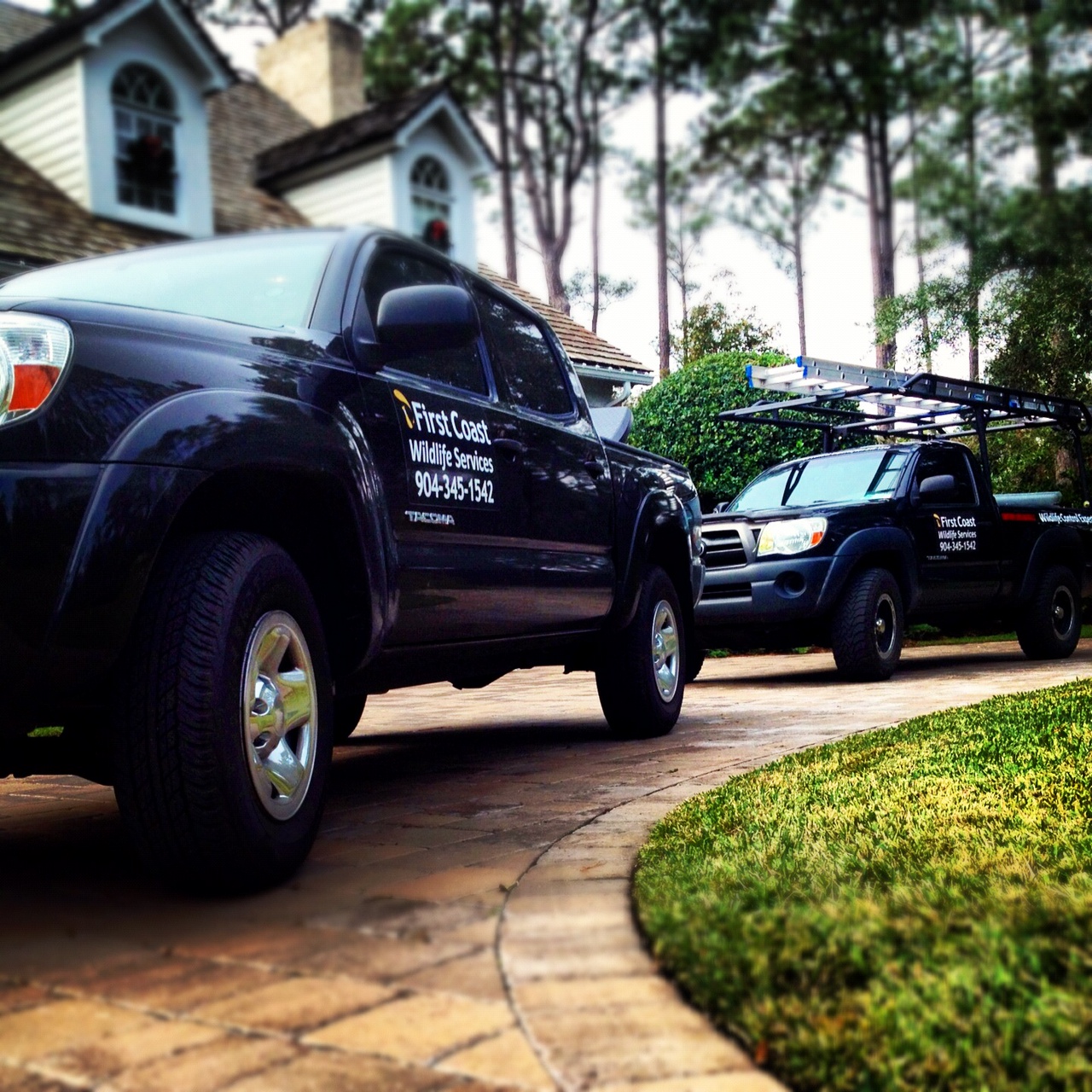Wildlife Stories From the Field
12/8/15 Rodents Are Near
By: Kyle Waltz | President/CEO
December is one of my favorite months for wildlife control. Although our capture rate slows down for armadillos, moles, and snakes, calls for rodents increase. Rodents are always looking for a way to get into structures which is why they are called commensal rodents. Squirrels, roof rats, Norway rats, mice, and even flying squirrels are common creatures we remove from structures. They squeeze their way in through areas as small as a half inch. Most customers will tell us that they have lived somewhere for a long period and have never seen a rat, why are they in my attic or crawl space? Although you may never see them, rats are everywhere. They live in trees, bushes, sewers, tall grass etc. Because they are at the bottom of the food chain, they are on high alert. The last thing they want is to be seen. There are many predators that depend on them to survive, so they look twice and move quickly if they suspect danger. Everywhere you go in Florida or anywhere in the South, you can bet that rodents are near by. The good news is that here at First Coast Wildlife Services, we can not only get them out, but we can keep them out forever. In most cases, we can solve even a bad rodent infestation in days.
Recently, we solved a horrible Norway rat infestation in Amelia Island, FL. The customer started hearing noises in his attic on a Tuesday. On Wednesday, we began the work. We provided him with rodent proof soffit vents, repaired his roof returns with concrete, trimmed back his branches that were close to the roof, and set traps and an exclusion device to allow fast extermination. A few days later, he was no longer hearing noises and we did not see any fresh rat evidence in his attic. We began restoring his attic by removing the old insulation, vacuuming out any rat droppings, treating it with an enzyme to deodorize/disinfect, and replaced his insulation. We also performed a parasite treatment to prevent and kill any fleas and ticks that may have been living in the attic. Rodent control stations are set around the perimeter of his home and he is 100% rodent free. Not all rodent problems are solved as fast, so it is experiences like this that are rewarding for both our staff and the customer. It's truly a win, win.
7/28/15 Armadillos Spread Like Wild Fire
By: Kyle Waltz | President/CEO
We see it every year like clock work. The days are longer, warmer, and nearly miserable for wildlife (and technicians) this time of year. If the heat doesn't get you, the ticks, fleas, mosquitoes, and yellow flies will.
When you see one of our technicians riding down the road, you can be sure that at some point of the day, we will be going to a property with something all to usual for us, but scary for property owners.
Armadillos are burrowing under homes. Is it because the soil is cooler underneath your precious concrete foundation, or maybe it's the extremely well kept lawn you have been fertilizing and irrigating all summer which leads to an increase of grubs and earth worms (armadillo's favorite food source). Regardless of why, armadillos living under or around your home are a threat.
The empty space they create under a foundation can potentially lead to cracking it. Not to mention, they are the only carrier of leprosy in the United States. In the armadillo's world, they typically have their young (quadruplets of the same sex) in-between the months of April-June. Once they are grown, they go off on their own to establish their own territory and create their own burrows. If your home is near any overgrown lots, woods, ditches, or lakes, you better believe armadillos are close by. You may have lived in your home for over 10 years and never had a problem, but it's really just a matter of time. Armadillo populations are on the rise and increased land development is pushing them into neighborhoods more often than ever.
As nuisance wildlife control specialists, we inspect the property, find the paths the armadillos are using, and set traps accordingly. Just because there is a burrow on your property, doesn't mean they live there. One armadillo can have as many as 15 burrows in it's home territory. They use a different burrow depending on food availability and weather. Trapping an armadillo can take time. How much time? The longest it's ever taken us is one year. That's extremely rare though. Typically, we can capture most armadillos using the property within 30 days. The less amount of time they are using the property, the smaller the odds are that we will capture them in a timely fashion. With years of experience trapping and studying these strange animals, you can be sure we will eventually capture them.


